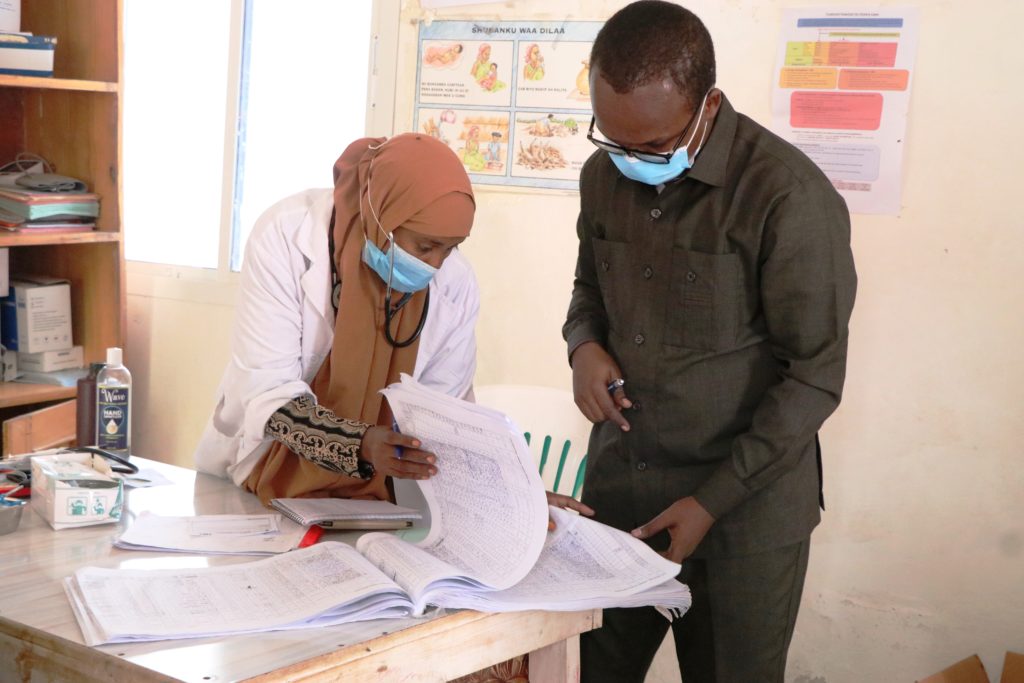How to Tackle Malaria and Health Worker Shortages in Burkina Faso

Sister Marie Blanche Kambire. Credit: WHO
Sister Marie Blanche Kambire, a pediatric nurse in rural Burkina Faso, shares her insights on tackling malaria and saving children’s lives in the face of overwhelming challenges.
Nanoro, a rural area in Burkina Faso is home to two of the world’s biggest health problems. The first is malaria and the second is a severe shortage of health workers. Sister Marie Blanche Kambire, a children’s nurse at Nanoro Medical Center is used to dealing with both. In more than a decade at the pediatric unit that she now heads, she has seen thousands of patients and worked through more staff changes than she cares to remember.
During the rainy season, the clinic can barely keep up with the number of patients, mostly seeking help for malaria, which kills more than 18,000 people each year in the country. It is estimated that every fifth death of a child is due to malaria. “Sometimes we can see 50 patients a day,” said Sister Kambire. “There aren’t enough of us to meet all the needs.”
As well as bringing malaria in its wake, the rainy season adds to the difficulties of seeing patients on time. “Some mothers and children cannot reach us due to bad roads. Ideally, it’s up to us to go and help them, but sometimes we don’t have the means to reach and treat them. That’s why many of the children come late for consultations.”
Retaining staff is hard, which puts additional pressure on permanent staff members and calls for additional training. “Everyone wants to move to the city and no one wants to stay in the rural areas,” explains Sister Kambire. “It would be important to receive and train healthcare workers who can stay for at least five years to help us in our work.”
Despite the challenges, Sister Kambire, who was awarded WHO Africa’s excellence award in 2023, loves her work with children.
When a child is sick, you can see it. And when they’re healthy again, you can see that, too. When I see relief in the faces of mothers, children smiling. That is my happiness.
This story was first published by WHO in May 2024.
The bigger picture
WHO estimates a global shortfall of 10 million health workers by 2030, with the majority of the gap in low- and lower-middle-income countries. To address this, WHO is supporting 55 countries, including Burkina Faso, to educate, train, and employ 3.2 million health workers. This effort aims to double their health workforces.
Burkina Faso was selected for R21 malaria vaccine trials due to its high malaria burden. In February 2024, the country introduced the RTS,S vaccine into its immunization program. Both R21 and RTS,S vaccines are recommended by WHO to help prevent malaria. They are powerful new tools in the fight against the disease.
Invest in health for all
Training health workers is key to WHO’s Investment Case which sets out its aims for the next four years – to promote, protect and provide healthcare.
WHO estimates that 40 million lives will be saved with a return on investment of US $35 in economic, health and social benefits for every one dollar invested in its work.


